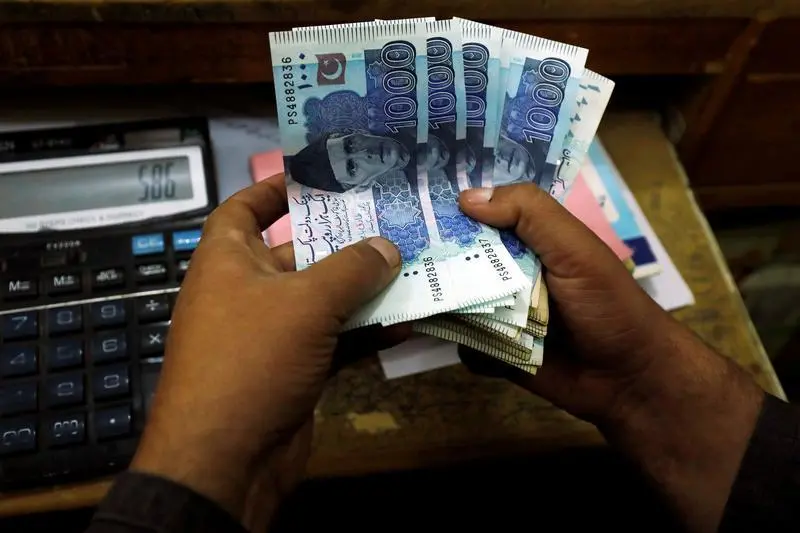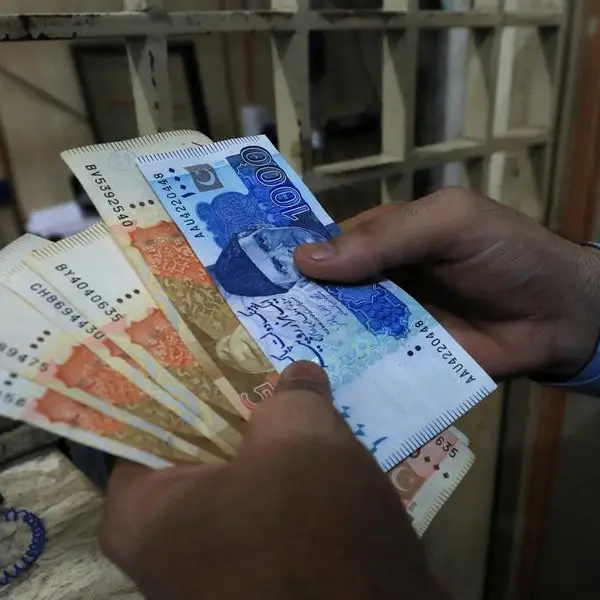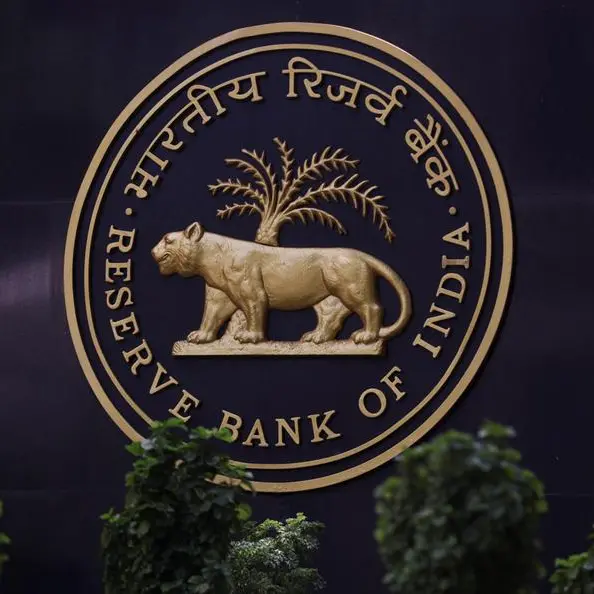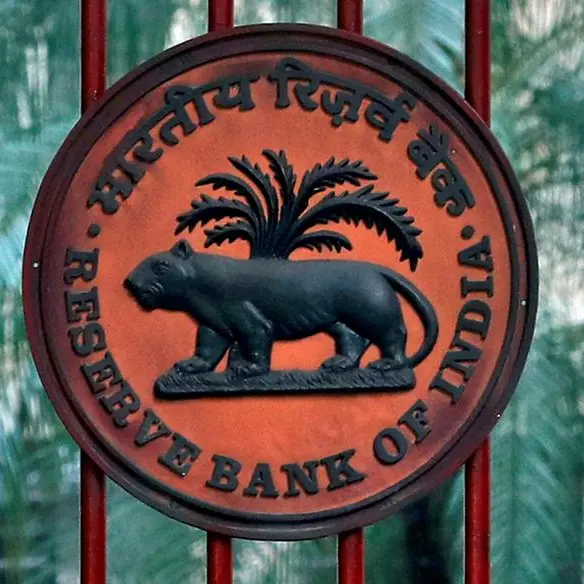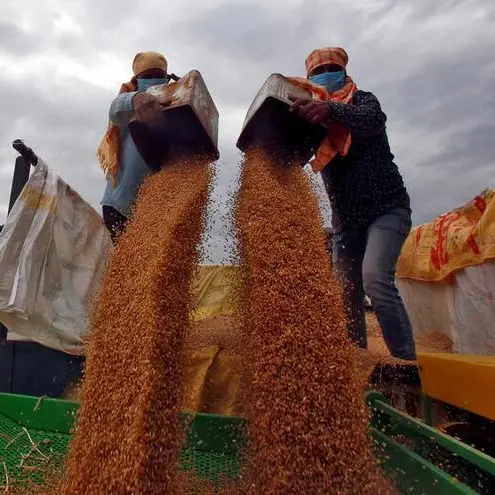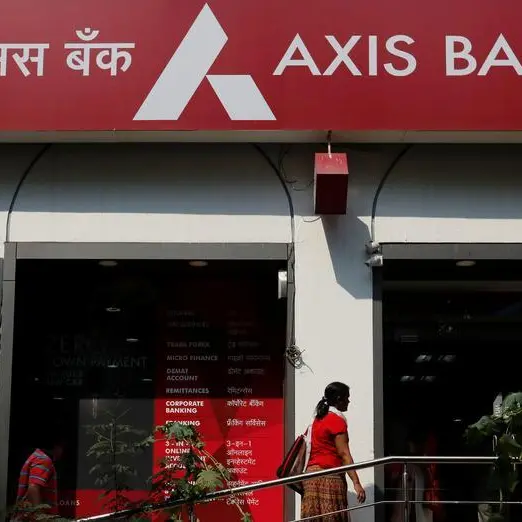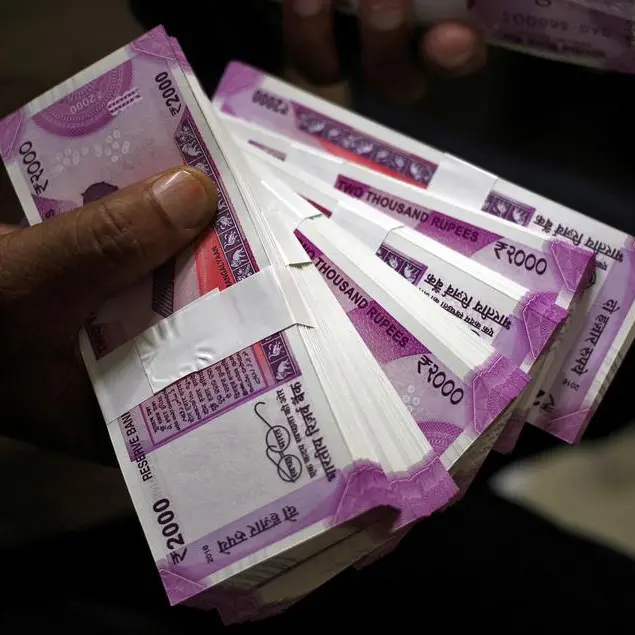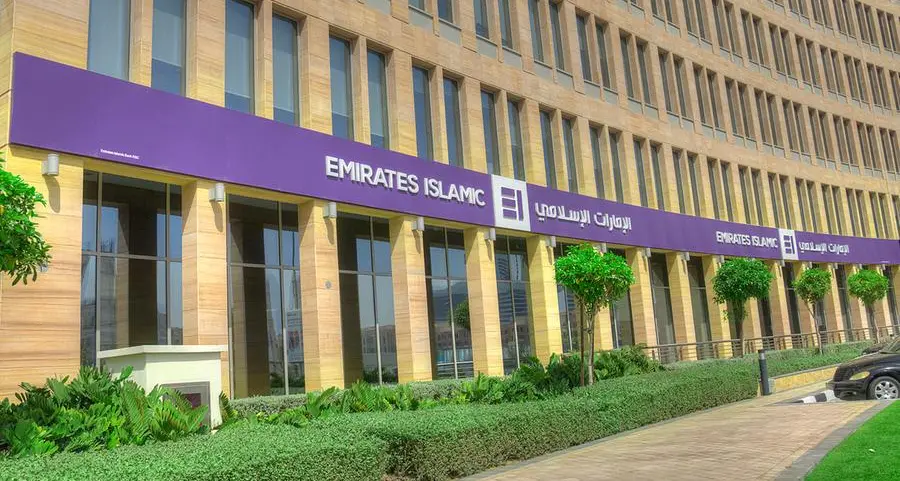PHOTO
KARACHI, Pakistan - Pakistan's rupee rose on Monday as investors anticipated the appointment as finance minister of Ishaq Dar, who in his previous spells in the job was known to favour a strong currency.
The current finance minister, Miftah Ismail, said on Sunday he would quit - the fifth holder of the job to go in less than four years during persistent economic turbulence, exacerbated recently by devastating floods.
Government sources told Reuters he would be replaced by Dar, a member of Prime Minister Shehbaz Sharif's ruling party who has already been finance minister four times.
"The Dar factor is at play. There are memories of how he kept the dollar rate stable," Fahad Rauf at Ismail Iqbal Securities told Reuters.
The rupee opened the day slightly firmer, then strengthened further as news of the replacement spread. It closed at 237.02 to the dollar, up around 1.11% on the session, the central bank said.
But traders said the gains would be limited in the current environment.
The dollar was strengthening against most global currencies, and flood-hit Pakistan was in a tight spot with depleted foreign reserves, Rauf said.
"There is no way (the rupee) can sustainably move against the tide in the current scenario," Rauf added.
NEAR DEFAULT
The ruling party has repeatedly said it inherited a wrecked economy from former prime minister Imran Khan, who was ousted in a vote of no-confidence in April - an accusation dismissed by Khan.
As the new government took over, a rescue programme with the International Monetary Fund (IMF) was in the doldrums because of a lack of an agreed policy framework.
Ismail said he pulled the country out of a near default situation, but markets have not responded positively, with the rupee tumbling to a record low and inflation crossing over 27%.
Unpopular decisions Ismail took to adhere to the IMF preconditions, including rolling back power and fuel subsidies given by Khan in his last weeks in power, saw inflation rise and the rupee weaken still further.
The economy is facing one of its worst balance of payment crises, and floods are estimated to have cost it nearly $30 billion.
Earlier this month, the government cut its GDP growth forecast below 3% from a 5% budgetary target for 2022-23.
(Writing by Asif Shahzad; Editing by Kim Coghill, Subhranshu Sahu, Christian Schmollinger and Andrew Heavens)
